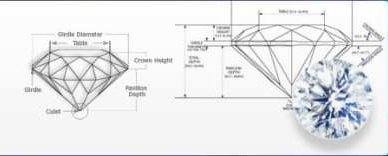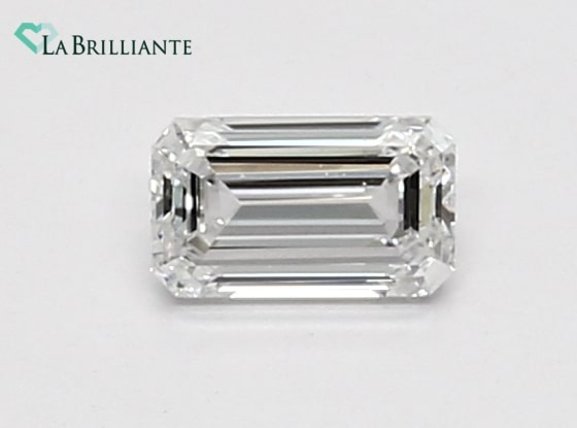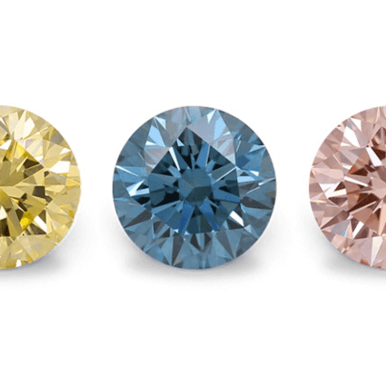VS2 Lab-Grown Diamond: The Complete Guide
Diamonds are graded for clarity on a scale ranging from Flawless (F) to Included (I). These grades help determine the size and quantity of imperfections and inclusions within the diamond. Higher-grade diamonds have smaller and fewer flaws, while lower-grade diamonds have larger or more numerous imperfections
What Does VS2 Clarity Diamond Mean?
VS stands for "Very Small" inclusions and is considered a mid-range clarity grade for diamonds. VS clarity is further divided into two categories: VS1 and VS2.
VS1 diamonds have the fewest and smallest inclusions, while VS2 diamonds have more and slightly larger inclusions. That's why it's crucial to have an expert inspect it under magnification and also consider high-resolution diamond images or HD video when selecting a VS2 diamond.
When dealing with lab-grown diamonds graded as VS2 or lower, paying close attention to the comments section of the grading report is crucial. Sometimes, even if the inclusion plot looks relatively clean, the comments may contain a note like "clarity grade based on clouds not shown." Clouds, when they are abundant and dense enough, can cause a diamond to appear hazy and lackluster. This specific comment in the report should be seen as a warning sign of potential transparency issues. To learn more about cloudy diamonds, you can refer to our comprehensive guide. It's advisable to have an expert conduct a thorough inspection in such cases.
In fact, some VS2 clarity diamonds are eye-clean, meaning that they have no visible imperfections to the naked eye.
VS2 vs. SI1 Clarity: What's the Difference?
When it comes to deciding on the clarity of a lab-created diamond, you'll want to take into account both its price and its visual appeal.
Lab-created diamonds with VS clarity are almost always flawless, so moving from VS2 to VS1 clarity won't make a huge difference in how the diamond looks. If you opt for SI1 clarity, you will get a larger diamond for your money, and this increase in size can be quite noticeable.
Lab-grown diamonds with SI1 clarity appear flawless to the naked eye, just like VS2 diamonds. But diamonds with SI1 clarity are more likely to have bigger and more obvious flaws.
What Should You Consider When Choosing a VS2 Lab-Grown Diamond?
When you're buying diamonds, pay attention to big, dark flaws right in the center of the diamond. These are the flaws that catch your eye the most.
For fancy-shaped diamonds like emerald and asscher cuts, it's a good idea to consider lab-grown diamonds with VS1 clarity as well. These shapes act like windows, making it easy to see any imperfections inside. Unlike other diamond shapes that sparkle a lot, these cuts don't have as much sparkle to distract you from flaws. However, keep in mind that some VS2 clarity fancy-shaped diamonds can still look flawless.
On the other hand, when it comes to diamond cuts diamonds like round, cushion, radiant, oval, and pear lab-made diamonds, they tend to conceal inclusions effectively.
Typically, you can easily find a diamond cut that appears clean to the naked eye within the VS2 clarity range, and sometimes even below.
Here are some instances of less desirable VS2 man-made diamonds.
Is It a Good Idea to Buy a VS2 Clarity Lab-Grown Diamond?
In the end, a VS2 clarity diamond is an excellent option for an engagement ring or any other piece of jewelry. The team at Labrilliante can assist you in selecting the ideal VS2 lab-grown diamond.























